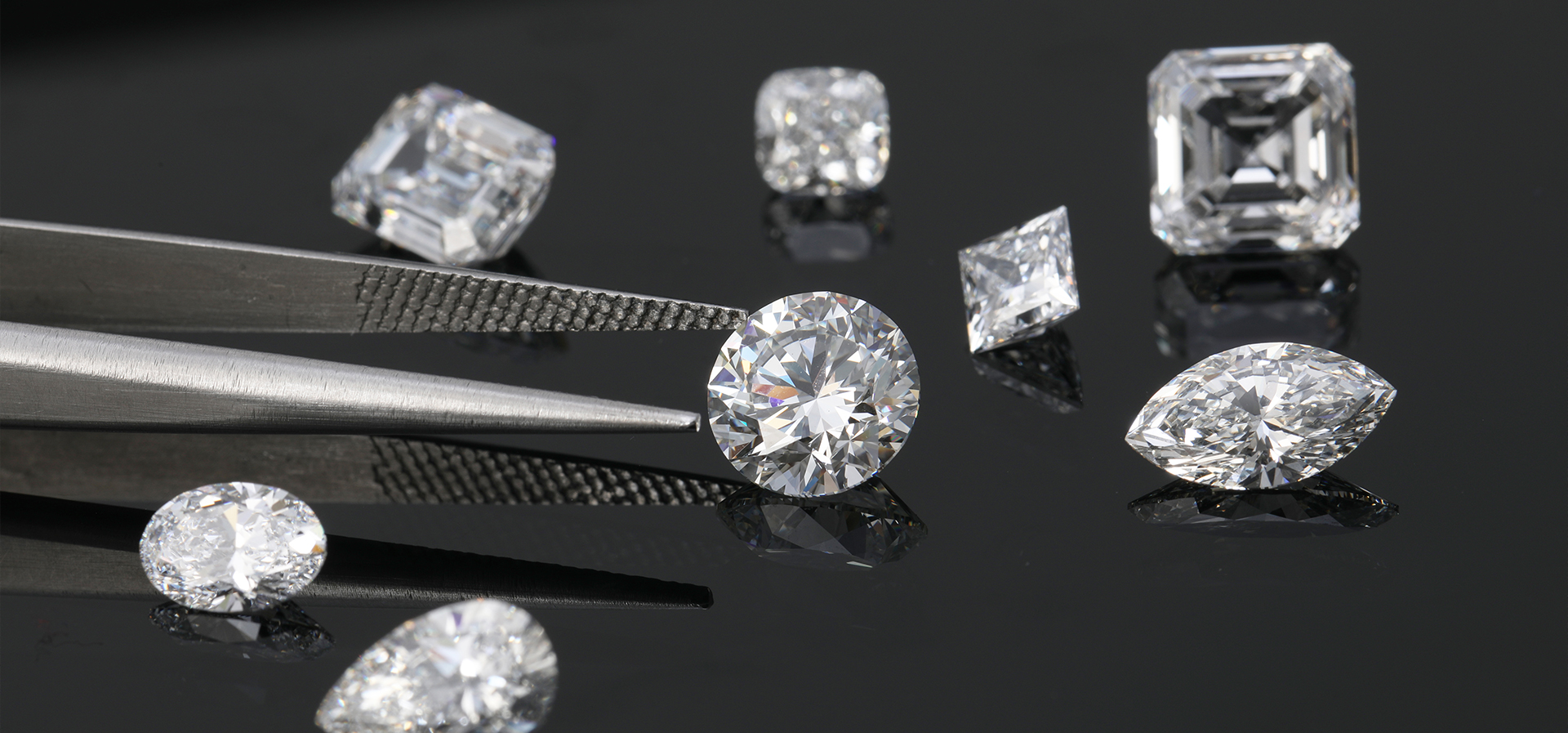Introduction
In today’s world, lab grown diamonds are making waves as a viable alternative to traditional mined diamonds. But what exactly are lab grown diamonds, and why are they gaining such traction?
Lab grown diamonds, as the name suggests, are diamonds created in a laboratory environment rather than being formed naturally within the Earth’s crust over millions of years. Despite their artificial origin guides lab grown diamonds, lab grown diamonds possess the same chemical and physical properties as natural diamonds, making them indistinguishable to the naked eye.
Chemical Vapor Deposition (CVD) Method
The CVD method involves placing a thin slice of diamond seed in a sealed chamber filled with carbon-rich gases, such as methane and hydrogen. These gases are ionized into plasma using microwaves or lasers, causing carbon atoms to accumulate on the seed and crystallize into a diamond layer. This process can take anywhere from a few days to several weeks to produce a diamond of significant size.
Cost Differences
One of the most significant advantages of lab grown diamonds is their cost-effectiveness compared to natural diamonds. On average, lab grown diamonds are priced 20% to 40% lower than mined diamonds of similar quality. This affordability makes them an attractive option for consumers seeking high-quality diamond jewelry without the premium price tag.
Advantages of Lab Grown Diamonds
Beyond their cost-effectiveness, lab grown diamonds offer several other advantages that contribute to their growing popularity.Lab grown diamonds, also known as cultured or synthetic diamonds, are created through advanced technological processes that replicate the natural conditions under which diamonds form in the Earth’s mantle. These diamonds are chemically, physically, and optically identical to natural diamonds, composed of pure carbon atoms arranged in the crystal structure characteristic of diamonds. They are produced in specialized laboratories using two primary methods: High Pressure High Temperature (HPHT) and Chemical Vapor Deposition (CVD). HPHT mimics the natural diamond formation process by subjecting carbon to extreme pressure and temperature, while CVD involves depositing carbon atoms onto a substrate in a controlled environment. Lab-grown diamonds offer a sustainable and ethical alternative to mined diamonds, reducing environmental impact and avoiding the ethical concerns often associated with diamond mining. They are increasingly popular for use in jewelry, providing consumers with a choice that aligns with their values of sustainability and responsible sourcing.
Ethical Considerations
Unlike natural diamonds, which are often associated with ethical concerns such as mining practices and worker exploitation, lab grown diamonds are produced in controlled laboratory settings. This eliminates the ethical dilemmas associated with diamond mining and ensures a transparent and conflict-free supply chain.
Environmental Impact
The environmental footprint of lab grown diamonds is significantly lower than that of mined diamonds. The mining process for natural diamonds involves extensive land disruption, energy consumption, and water usage, whereas lab grown diamonds require minimal energy and resources to produce. This eco-friendly aspect appeals to environmentally conscious consumers looking to minimize their carbon footprint.
Overview of Leading Companies
Brands like Diamond Foundry, Ada Diamonds, and MiaDonna are recognized for their innovation and commitment to sustainability in the lab grown diamond industry. Customer reviews and testimonials highlight their positive reputation and product satisfaction.Industry analysts forecast continued growth in the lab grown diamond market, driven by increasing consumer awareness of ethical and sustainable alternatives to mined diamonds. As demand rises and production costs decrease, lab grown diamonds are expected to become more accessible and mainstream in the global jewelry market.
Conclusion
In conclusion, lab grown diamonds represent a modern and ethical choice for consumers seeking beautiful and sustainable diamond jewelry. With their identical chemical composition, lower environmental impact, and cost-effectiveness, lab grown diamonds offer a compelling alternative to mined diamonds. As technological advancements continue and market acceptance grows, the future looks bright for lab grown diamonds as a valuable addition to the jewelry industry. Whether you’re drawn to their ethical benefits or attracted by their affordability, lab grown diamonds provide a versatile and environmentally friendly option for today’s conscientious consumers.

